Sharing is Caring: Facebook Fundraising for Nonprofits
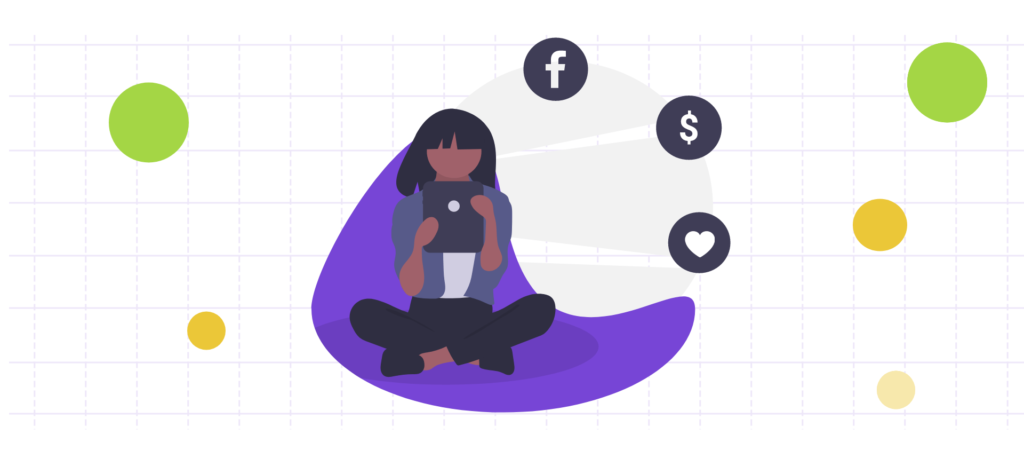

Three billion. That’s a huge number. Believe it or not, there are almost three billion Facebook users. That’s roughly one-third of the population of the entire world.
Before 2006, how many people could your nonprofit expect to reach? If you put your mind to a concerted fundraising campaign, you might have reached thousands or hundreds of thousands in your city or state. If you had backed a national campaign with a lot of funding, maybe you could reach a few million countrywide. But not billions.
But thanks to Facebook, reaching a large audience is within your grasp, and it requires fewer resources than ever before. And while a quick perusal of the news demonstrates that Facebook isn’t a perfectly ethical company, they provide helpful tools that allow nonprofit organizations of all sizes to fundraise using their platform, as long as you understand the requirements and limitations.
What’s more, the foundational functionality of Facebook enables conversations, storytelling, and sharing, which are all essential to a successful campaign. Facebook has even been matching Giving Tuesday donations up to USD 7 million, pennies to them but a huge bonus for small organizations throughout the country. It’s no wonder that more than 90,000 nonprofits in the US alone are registered with Facebook Fundraising.
So, what can fundraising on Facebook for nonprofits do for your mission? Let’s find out.
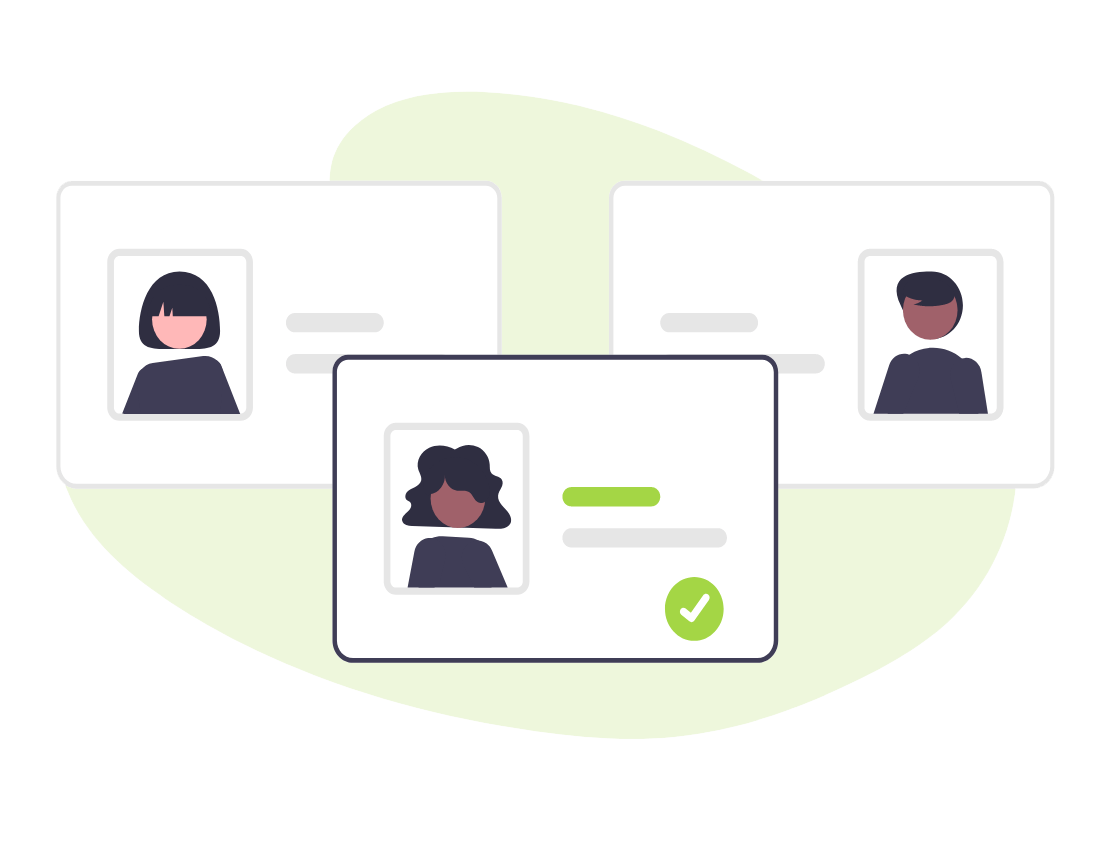

Get Tips to Reach More Donors and Supporters on Social Media
Watch this free on-demand webinar to learn how to develop a comprehensive social media strategy for your nonprofit and reach more donors online.
What You Should Know Before Fundraising on Facebook
Before you get too psyched about raising a king’s ransom on Facebook, there are a few things, like Alannis Morissette said, you ought to know.
1. Create a Facebook Page
If your organization doesn’t have one already, create a Facebook page and work on growing your presence before raising money. Starting to fundraise without an audience or experience on the platform is destined to fail.
You should set up a dedicated Facebook page for your nonprofit and get used to sharing content and telling stories through that page, as these types of activities are critical to fundraising later on. Growing your page before you start fundraising is also a great way to understand your audience’s demographics. Most Facebook users are between the ages of 25 and 34, so if your usual audience skews older than that, you may not find them online in large numbers.
2. Understand Facebook Fundraising Rules
As with fundraising pretty much anywhere using any method in the United States, Canada, and elsewhere, there are many rules and regulations that you’ll need to follow, including restrictions and requirements for eligibility and payments. We’re not going to dig into the details here, but fortunately, Facebook provides helpful documents that can guide nonprofit fundraisers toward fundraising success:
Facebook also provides tools that will help you comply with standard nonprofit fundraising requirements:
It’s worth noting that money raised using some of the technologies provided by Facebook is required to be processed using Facebook Payments, Network for Good, or PayPal Giving Fund, and your organization will have to qualify for one of those systems depending on where it is located.
3. Facebook Fundraising Fees
Are There Facebook Fundraising Fees? Nope. That was easy.
4. Understand the Limitations
Since Facebook is a private company, there are all kinds of things they could unilaterally change at any time without warning you. They can change their algorithm, which could affect the way your audience discovers your content. They can change the rules dictating eligibility. Currently, payouts take up to six days to be deposited in your bank account, but that time could change too.
The takeaway here is that basing your entire fundraising strategy on Facebook is probably not a good idea. You’re better off including Facebook as part of a multichannel marketing plan that will reach many people in different places while reinforcing itself just in case something changes.
8 Ways to Raise Funds on Facebook
Now that you understand some of the limitations, regulations, and drawbacks to raising money on Facebook, it’s time to get more optimistic. Here are eight tools and strategies that you can use to reach a big chunk of those three billion users.
1. Share Your Campaign
The easiest way to fundraise on Facebook doesn’t use any of their nonprofit-specific tools at all. All you have to do is capitalize on the one bit of functionality that made Facebook (and everything else) go viral in the first place: sharing.
Just create a digital campaign according to your needs and preferences, make sure your donation form is rock solid, post your content on your Facebook page, and ask your followers to share it. The more people who share it, and the more it gets reshared, the more likely it is that your campaign will reach further than you would have been able to with more traditional distribution.
One way to capitalize on shareability is to create a peer-to-peer fundraising campaign, where you encourage your supporters to fundraise on your organization’s behalf. The one-click sharing functionality makes this type of campaign super easy. It takes some of the load off your shoulders since it’s primarily up to your followers to do the link sharing, engagement, and solicitation.
With Keela’s Peer-to-Peer fundraising tool, you can reach and engage a wider network of donors and supporters. This tool allows your supporters to fundraise on behalf of your nonprofit. Using Keela’s highly customizable peer-to-peer fundraising pages and optimized donation forms, your supporters can spread the word about your campaign, raise money and track their progress. Such a collective effort goes a long way to helping your organization meet its fundraising goals.
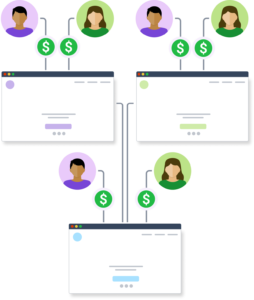

Reach More Supporters with Keela’s Peer-to-Peer Fundraising Tool
Your supporters can now fundraise with you! Using Keela’s NEW peer-to-peer fundraising tool, supporters can create and share customizable fundraising pages to raise money for your nonprofit’s campaigns.
2. Donate Button
Another super simple way to fundraise on Facebook is to make use of their donate button. This feature allows you to add a button to your organization’s Facebook page, your posts, and your ads so that supporters can give directly to your mission without having to navigate to your website. It takes out some of the steps between seeing your content and giving, which is always a good thing.
It’s important to note that since submitting an email address is optional, you may not get as much donor data as you might using other systems, which could impact your donor management plans in the future. If that doesn’t bother you, check out this page for instructions on how to set up a donate button.
3. Facebook Stories
They say a picture is worth a thousand words, so a moving picture covered with hashtags, animated gifs, and trippy effects must be worth a few more than that.
Facebook offers a Snapchat-style tool that allows your organization to post stories, which are sort of like mixed-media social posts, and guess what, you can use them for fundraising. This is particularly good for campaigns targeting younger audiences since this type of social media publication is very on-trend right now. How long that will be true remains to be seen, though it’s probably a good idea not to dawdle.
You can use Facebook Fundraiser Stickers on Facebook stories, and it functions much like the donate button. If you don’t have to use the sticker, you can simply share a link to your fundraising page on your website i.e. your donation page) This post is a great place to start to get an in-depth look at exactly how to use Facebook Stories for fundraising,


Communicate Your Impact with this FREE Nonprofit Storytelling Toolkit
Use this toolkit to learn how to plan, write and share your engaging stories. It includes a checklist, templates and practical examples that’ll help you communicate your stories effectively.
4. Go Live
In the era of social distancing and working remotely, people are getting used to live-streamed content. So it makes sense to capitalize on Facebook Live, a tool that allows you to live stream information about your campaign, exciting content, and of course, your solicitation for donations.
Schedule a time, create content (what are you going to talk about?), book a guest, promote the event on your Facebook page, and then prepare yourself for your closeup debut. You can direct viewers to your website or even add a donate button so supporters can give directly.
5. Facebook Ads
We’ve heard a lot about Facebook ads over the last few years—fortunately, they aren’t always used to influence elections and spread harmful misinformation. Sometimes Facebook ads can help raise money for your important cause.
While they require a little cash upfront, Facebook ads can be worthwhile. They can be targeted to reach people who match your ideal donor profile. They can be seen by people outside your usual community, which expands your audience. And you can add a donate button, so people can give directly without having to figure out where to give.
If you decide to try out an ad on Facebook, start small until you get an idea of how it works, how to target the people you want to see your ad, and determine whether it’s worth your time, effort, and budget.
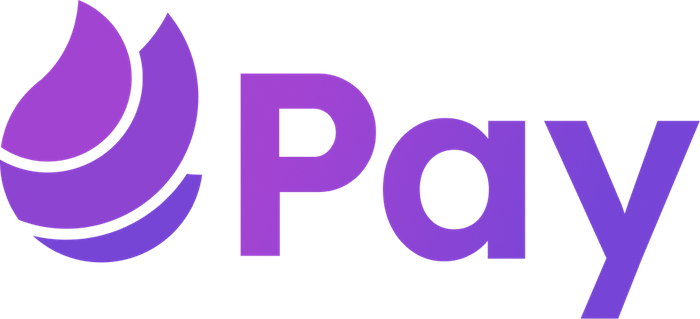

Simplify your payment process with KeelaPay
With KeelaPay, you can securely process more donations at an affordable rate and get access to world-class in-house support.
6. Create a Fundraiser
If you don’t have time or budget to create a bespoke campaign, or if you want to start a campaign very quickly to coincide with current events, a Facebook Fundraiser may work for you. This tool lets you create a campaign, brand it with your logo, add content, and collect donations, all from one spot. It’s a lot like GoFundMe.
While it’s not exactly the custom, beautiful, engaging format that you might be hoping for, it is free, it’s straightforward to set up, and it gets your pitch onto Facebook, where all those billions of people are hanging out.
7. Instagram Donations
If you were not already aware, Facebook owns Instagram. Thus, many of the fundraising features available on Facebook are also available on everyone’s favorite skeuomorphic photo-sharing app. The donate button is available everywhere, including on Instagram Live, Stories, and business pages.
The one caveat is that if you were hoping to sidestep Facebook altogether, you’re out of luck. To access Instagram fundraising tools, you have to have a Facebook page for your organization, and you have to sign up for Facebook Charitable Giving Tools. It’s a little extra legwork to access a whole other community of potential donors.
8. Fundraising API
Suppose you are a large organization with a lot of resources, or perhaps you have one tech-savvy team member who can integrate web tools in his or her sleep. In that case, the Facebook Fundraising API may be the best way to roll Facebook into your overall fundraising strategy. This tool allows you to sync your non-Facebook fundraising activities with the ones you are doing on Facebook, meaning your campaign suddenly has access to your Facebook community.
It’s by far the most complicated item on this list, but in the right hands, it could be a great way to really push your fundraising to the next level.
See How Nonprofits Use Keela to Collect Online Donations
Get a glimpse of how Keela’s fundraising smart tools help nonprofit organizations to strategize, streamline, and automate their fundraising efforts.
While you shouldn’t be worried about fundraising on Facebook, you should keep in mind that all of the information you enter, and all of your donors’ data, will remain forever in the Facebook database.
Make sure you understand what you’re being asked to share, why, and whether the exchange of information is worth it to your organization. Which is to say, read the fine print. And if Facebook makes you too nervous, there are plenty of other ways to raise money online. Get clicking.
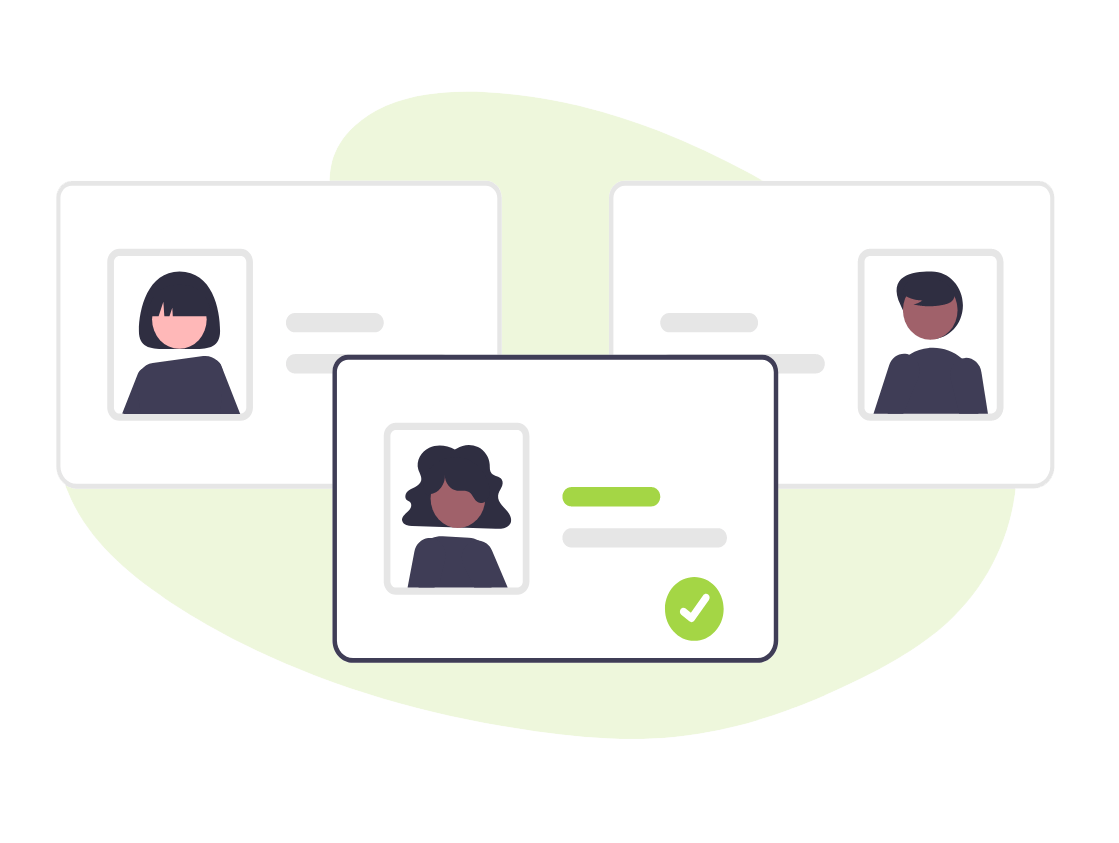

Know Your Donor Toolkit
This 3-part guide will walk you through how to ask and track your donor preferences through surveys, segmentation, and other easy-to-use technologies, allowing you to understand who your ideal donor is and how to best reach them.


